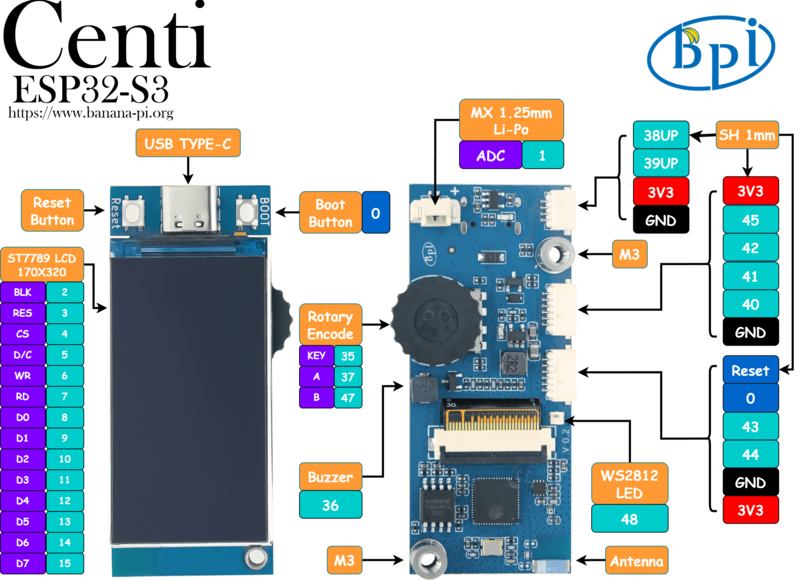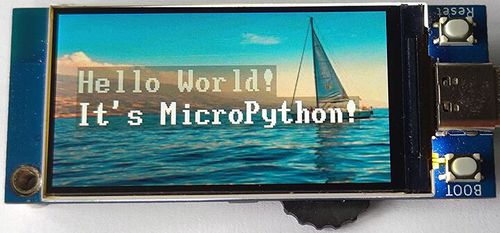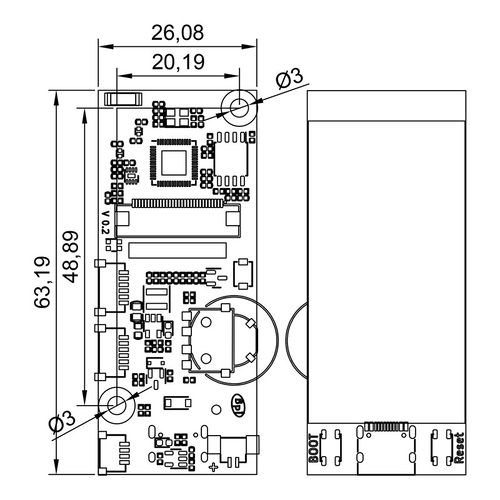Difference between revisions of "BPI-Centi-S3"
(→Resources) |
(→Resources) |
||
| Line 242: | Line 242: | ||
=Resources= | =Resources= | ||
| + | '''BPI-Steam: Code with MicroPython''' | ||
| − | * [https://bpi-steam.com/Centi_S3_doc/en/MicroPython/What_is_MicroPython.html | + | * [https://bpi-steam.com/Centi_S3_doc/en/MicroPython/What_is_MicroPython.html What is MicroPython?] |
| + | * [https://bpi-steam.com/Centi_S3_doc/en/MicroPython/environment.html Configure the development environment] | ||
| + | * [https://bpi-steam.com/Centi_S3_doc/en/MicroPython/Burn_firmware.html Burn firmware] | ||
| + | * [https://bpi-steam.com/Centi_S3_doc/en/MicroPython/Connect.html Connect to the development board] | ||
| + | * [https://bpi-steam.com/Centi_S3_doc/en/MicroPython/lcd_init.html LCD Screen init] | ||
| + | * [https://bpi-steam.com/Centi_S3_doc/en/MicroPython/Display_jpg_images.html LCD Display jpg images] | ||
| + | |||
| + | '''Code with Arduino''' | ||
| + | |||
| + | * [https://bpi-steam.com/Centi_S3_doc/en/Arduino/Environment.html Install and configure the environment] | ||
| + | * [https://bpi-steam.com/Centi_S3_doc/en/Arduino/Arduino_upload.html Connect, Upload] | ||
| + | * [https://bpi-steam.com/Centi_S3_doc/en/Arduino/Arduino_GFX_Install.html Install the Arduino GFX library] | ||
| + | * [https://bpi-steam.com/Centi_S3_doc/en/Arduino/Arduino_GFX_show_characters.html Arduino GFX, show characters] | ||
==Code on GitHub== | ==Code on GitHub== | ||
| − | * [https://github.com/BPI-STEAM/BPI-Centi-S3-Doc/tree/main/micropython_example GitHub: BPI-Centi-S3 | + | * [https://github.com/BPI-STEAM/BPI-Centi-S3-Doc/tree/main/micropython_example GitHub: BPI-Centi-S3 MicroPython example] |
* [https://github.com/BPI-STEAM/BPI-Centi-S3-Doc/tree/main/micropython_st7789s3_firmware GitHub: BPI-Centi-S3 micropython+st7789s3 firmware] | * [https://github.com/BPI-STEAM/BPI-Centi-S3-Doc/tree/main/micropython_st7789s3_firmware GitHub: BPI-Centi-S3 micropython+st7789s3 firmware] | ||
Revision as of 23:36, 31 May 2023
Contents
Introduction
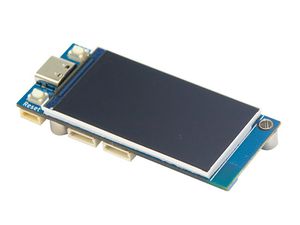
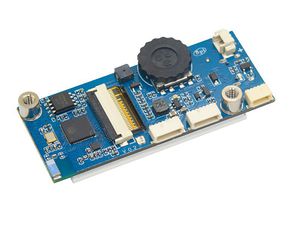
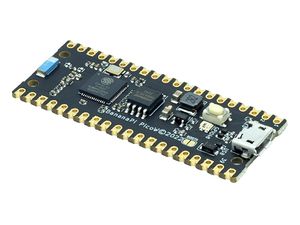
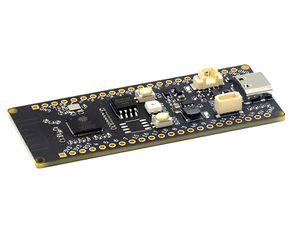
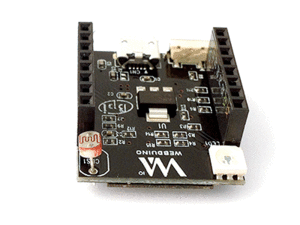
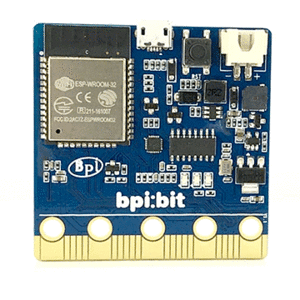
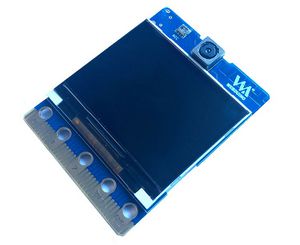
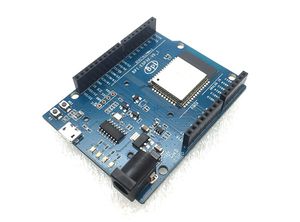
BPI-Centi-S3 is a small-sized ESP32-S3 development board with a 1.9-inch LCD onboard, suitable for the development of comprehensive Internet of Things application projects such as color display, interactive control, wireless communication, and sensor data acquisition.
Using the Espressif ESP32-S3 chip, it supports 2.4 GHz Wi-Fi and Bluetooth® Low Energy (Bluetooth® LE) dual-mode wireless communication.
In a compact space, it still provides an incremental rotary encoder, a buzzer, a WS2812 color LED, and all other available pins to meet diverse needs.
Support USB and external 3.7V lithium battery power supply, can realize automatic switching power supply function under dual power supply, and support USB charging mode, equipped with battery voltage detection circuit, convenient for power management.
Key Features
- ESP32-S3, Xtensa® 32 bit LX7
- 2M PSRAM, 8M FLASH
- 2.4G WIFI, Bluetooth 5, Bluetooth mesh
- GPIO, PWM, I2C, SPI, RMT, I2S, UART, USB, JTAG
- 1 * ST7789 TFT LCD, 1.9-inch, 170*320 resolution, 8bit 8080 parallel port
- 1 * Rotary Encoder
- 1 * Buzzer
- 1 * Neopixel LED
- 1 * SH 1mm 4-Pin I2C connector
- 2 * SH 1mm 6-Pin
- 1 * USB Type-C
- 1 * MX 1.25mm 2-Pin battery connector, support charging
- 2 * M3 Screw Holes
hardware
Schematic Diagram of Hardware Interface
BPI-Centi-S3 1.9-inch LCD display:
Hardware Specifications
| BPI-Centi-S3 Spec | |
|---|---|
| SoC | ESP32-S3, Xtensa® 32-bit LX7 dual-core processor |
| Clock Frequency | 240MHz MAX |
| Internal ROM | 384 KB |
| Internal SRAM | 320 KB |
| Onboard FLASH ROM | 8MB |
| On-chip PSRAM | 2MB |
| WIFI | IEEE 802.11 b/g/n, 2.4Ghz frequency band, 150Mbps |
| bluetooth | Bluetooth 5, Bluetooth mesh |
| External crystal oscillator | 40Mhz |
| RTC and LowPower Management | Power Management Unit (PMU) + Ultra-Low-Power Coprocessor(ULP) |
| GPIO | 9 available GPIOs have been exported to the JST SH socket |
| Support Peripherals | I2C, SPI, PWM, UART, RMT, I2S, SD |
| JST SH 1mm socket | 1 * 4Pin, 2 * 6Pin |
| USB | 1 * Full Speed USB 2.0 OTG, Type-C Female |
| USB Serial/JTAG Controller | 1, USB full speed standard, CDC-ACM, JTAG |
| TFT LCD size | 1.9 inches |
| TFT LCD resolution | 170 * 320 RGB |
| TFT LCD control chip | ST7789V3 |
| TFT LCD interface | 8bit 8080 parallel port |
| Encoder | 1 * Incremental Rotary Encoder, support pressing function |
| Buzzer | 1 |
| Color LED | 1 * WS2812 2020 LED |
| Button | RST Button, BOOT Button |
| Screw Holes | 2 * M3 Screw Holes |
| Machine working temperature | -20℃ ~ +60℃ |
| Working voltage | 3.3V |
| USB input voltage | 3.3V~5.5V |
| Maximum discharge current | [email protected] DC/DC |
| Battery connector | MX 1.25mm 2-Pin |
| USB charging | Support |
| Maximum charging current | 500mA |
Hardware Dimensions
LCD Wiring Definition
| BPI-Centi-S3 LCD Wiring | |
|---|---|
| ESP_LCD_BLK | GPIO2 |
| ESP_LCD_RES | GPIO3 |
| ESP_LCD_CS | GPIO4 |
| ESP_LCD_D/C | GPIO5 |
| ESP_LCD_WR | GPIO6 |
| ESP_LCD_RD | GPIO7 |
| ESP_LCD_D0 | GPIO8 |
| ESP_LCD_D1 | GPIO9 |
| ESP_LCD_D2 | GPIO10 |
| ESP_LCD_D3 | GPIO11 |
| ESP_LCD_D4 | GPIO12 |
| ESP_LCD_D5 | GPIO13 |
| ESP_LCD_D6 | GPIO14 |
| ESP_LCD_D7 | GPIO15 |
| ESP_TP_RESET | GPIO16 |
| II2C_SCL | GPIO17 |
| II2C_SDA | GPIO18 |
| ESP_TP_INT | GPIO21 |
Peripheral Wiring Definition
| BPI-Centi-S3 peripheral wiring | |
|---|---|
| RST button | RST(CHIP_PU) |
| BOOT button | GPIO0 |
| BAT_ADC battery voltage detection | GPIO1 |
| Buzzer | GPIO36 |
| EC_KEY Rotary Encoder | GPIO35 |
| EC_A Rotary Encoder | GPIO37 |
| EC_B Rotary Encoder | GPIO47 |
| WS2812B-2020 | GPIO48 |
Resources
BPI-Steam: Code with MicroPython
- What is MicroPython?
- Configure the development environment
- Burn firmware
- Connect to the development board
- LCD Screen init
- LCD Display jpg images
Code with Arduino
- Install and configure the environment
- Connect, Upload
- Install the Arduino GFX library
- Arduino GFX, show characters
Code on GitHub
Reference Video
Easy to buy sample
- BPI Aliexpress shop: https://www.aliexpress.us/item/3256805325011805.html
- SinoVoip Aliexpress shop : https://www.aliexpress.us/item/3256805324649378.html
- Taobao shop : https://item.taobao.com/item.htm?spm=a213gs.success.result.1.5c287a86iZZWCW&id=714936265358
